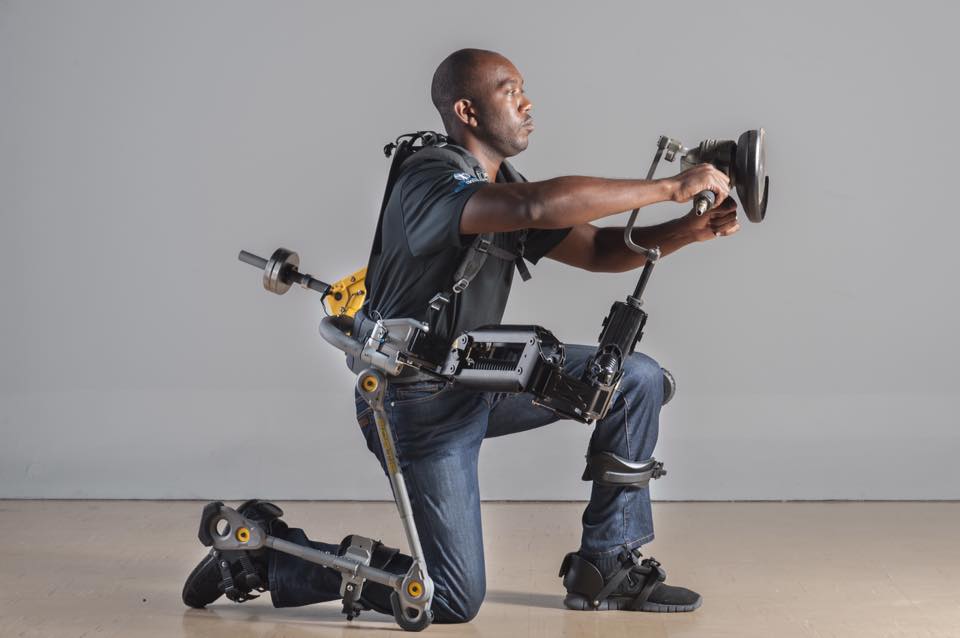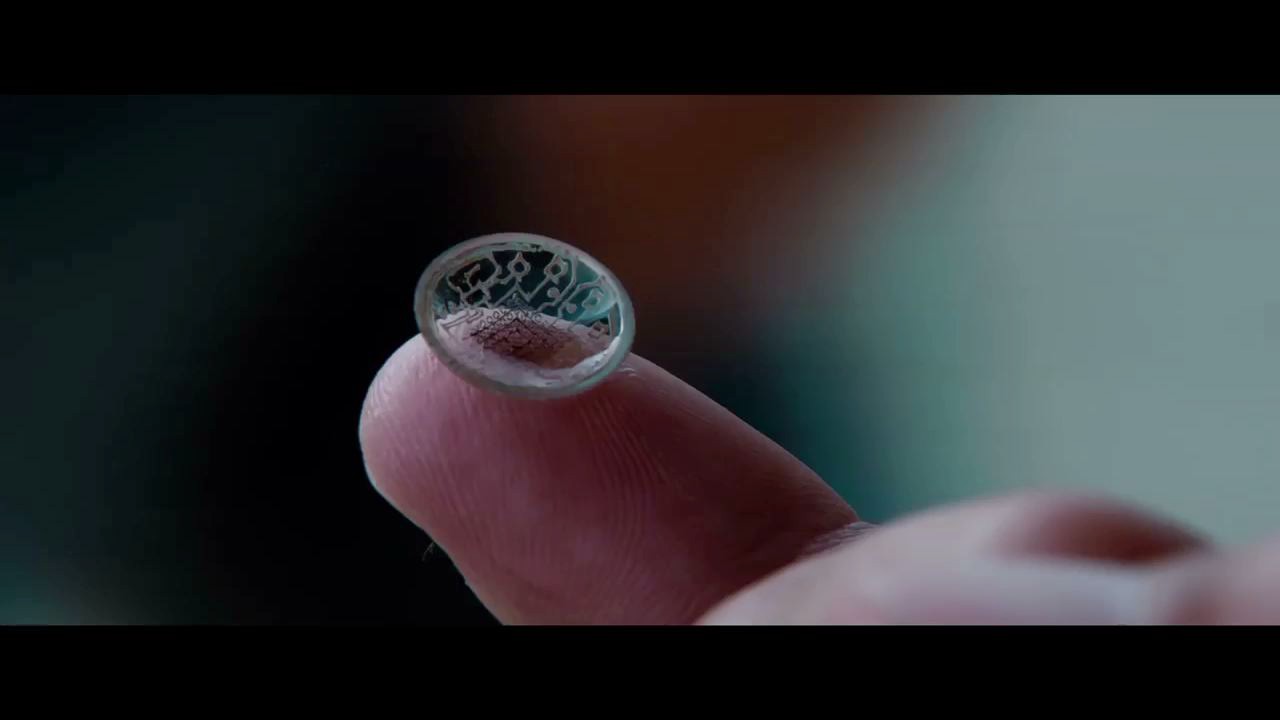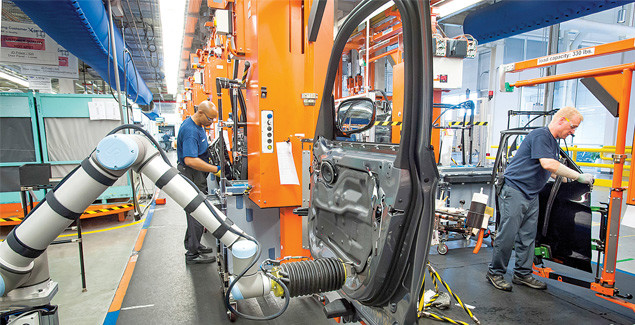The human-technology partnership: Is a brave new world upon us?
By Laura Haight
Originally published as The Digital Maven in Upstate Business Journal on Nov. 13, 2015
Will 2016 be the breakout year for technology and business? Futurists and some business analysts envision a shift from technology as a tool we use to a truly collaborative workplace where people and technology are partners, helpmates, co-workers.
Accenture calls technology “the newest employee in the workforce.” But like any other top draft choice, even the best need teammates.
Here’s a look at some of what is happening now in the human-tech collaborative and where it could be taking us:




Natural Language Processing has evolved well beyond creating sports briefs and quarterly business results stories for media. While those applications proved the concept, today NLP is the driving force behind several major technology shifts, like analyzing human intent and predicting human needs. NLP can currently scan across thousands of digital platforms to find specific content and determine if it presents a positive or negative view of something. This is a nice add on for a company that wants to know what people are saying about their new product line, but it is critically important for law enforcement attempting to detect the likely terrorist among a social media crowdscape full of the dysfunctional, discontented and disaffected. Still finding it, isn’t stopping it. That requires the human partnership.
NLP is also driving the development of “anticipatory computing”, a function that illustrates the brave new world of the “augmented workplace”. This is technology that is actively listening to what you or your other teammates are talking about and proactively providing relevant content. Having a planning meeting for this year’s trade show? Your tech partner is popping up lead generation from last year’s booth, weighted by conversion percentages. And maybe some information on new trends found through trade websites.
If you laughed at Google Glass (what with people twitching their heads all the time and all) and ridiculed those who plunked down upwards of $350 for the Apple Watch, you may be on the wrong side of tech history. Wearables are a big part of the human-tech collaborative and these have been just the first steps toward a new reality. Physical sensors that detect environmental conditions or physical changes, or smart contact lenses that can take critical measurements and even control drug delivery are in use or in development. Gartner predicts that 25 million head-mounted displays, fueled by a growing number of virtual and augmented reality applications, will be sold by 2018. Likely adapters are the military and health care, in areas of training and simulation.
A really interesting example of “wearable” tech and the human-tech collaboration is the exoskeleton (Iron Man, anyone?). Lockheed Martin developed the product to add strength and stamina for soldiers in challenging environments. A later iteration holds real possibilities for civilian manufacturing. The Navy is currently testing this framework in the industrial manufacturing environment of shipbuilding. The skeleton enhances a worker's’ physical capabilities, lightening their loads and enabling them to be more productive - as much as 27 times more, according to Lockheed. This has tremendous possibilities for civilian as well as military manufacturing, mining, exploration, and more. But another byproduct is the potential for minimizing physical limitations among aging workers.
Robotics is obviously not new, but often replaced humans. New iterations envision a partnership, like that at BMW where a segment of the assembly line resembles the human-tech collaboration envisioned by futurists. Robotic arms assembling car doors work side-by-side with human workers, augmenting their abilities and freeing them to do tasks requiring more manual dexterity and ingenuity. These newer robots are lightweight and slow, so they can be safely deployed in a human-manned workplace.
The unspoken reality in this new vision of work is that there will certainly be a lot fewer human collaborators in our workplaces. Those who remain will need a far more complex skill set than we are preparing for today. If we expect to remain a part of the workplace equation, our commitment to effective education will have to be at least as strong and forward-thinking as our commitment to technology.












